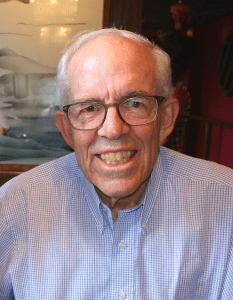 Warren T Blume 1934 – 2021
Warren T Blume 1934 – 2021
Warren Blume, CM, MD, FRCPC
Founder and former Head of the Epilepsy Program at Western University in London, Ontario, CANADA, passed away on September 13th, 2021. A graduate from Princeton University, he completed Medical School at McGill University, and subsequently a Residency in Pediatrics and Pediatric Neurology at the Montreal Children’s Hospital. His fellowship training in EEG and Epilepsy was obtained at the Mayo Clinic, and he trained in neonatal EEG at the Hôpital Port Royal in Paris. Prof. Blume joined Western University (formerly known as University of Western Ontario) in 1972, where he remained until he retired in 2007.
A clear and visionary thinker, as well as a skilled epileptologist and electroencephalographer, Prof. Blume was highly influential in the development of epileptology in Canada, and also around the world. (Read more – International league against epilepsy – external link)
 Kresimir Krnjevic 1927-2021
Kresimir Krnjevic 1927-2021
KRNJEVIC, Dr. Kresimir O.C., B.Sc., Ph.D., M.B., Ch.B. (Edin.), F.R.S.C.
Dr. Krešimir (Kris) Krnjevic, one of the world’s leading authorities on brain cell communication, died peacefully on April 16, 2021, aged 93, in Montreal.
He was widely recognized as a pioneer in the field of neurotransmission, whose discoveries of the nature of chemical neurotransmitters clarified the role of chemical control processes in the brain. (Read more – external link)
 Richard B. Stein 1940-2020
Richard B. Stein 1940-2020
Dr. Richard (Dick) B. Stein died on November 3, 2020 and is remembered by friends, family and colleagues as a genuinely decent man who treated everyone with respect, fairness and kindness. Many reflections on the achievements of a scientist of Dick’s caliber might begin differently, but these personal qualities and his integrity were also at the core of his contributions to neuroscience; our community was enriched by his acumen and “do as I do ” style of mentoring.
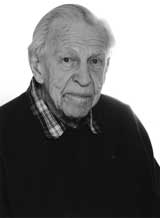
Peter M. Milner 1919-2018
Dr. Peter Milner was an outstanding neuroscientist who, with the late James Olds, discovered that electrical stimulation in specific parts of the brain (sometimes referred to as ‘pleasure centers’) acted as a reward for behavioural actions….
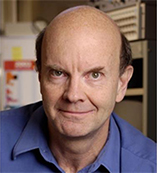
John Roder 1950-2018
John Roder was a world leader in the genetics of neuroscience, developing new tests and mouse models of psychiatric disease including, important advances in schizophrenia….
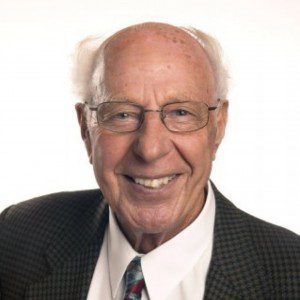
Jack Diamond, 1928-2014
Jack Diamond’s research, imaginative and of the highest quality, was concerned with regeneration and disorders of
peripheral nerve; later he also studied risk factors for the development of Alzheimer’s disease. Jack wanted to understand beneficial and detrimental roles of collateral sprouting, “a poetry of nerve growth”….
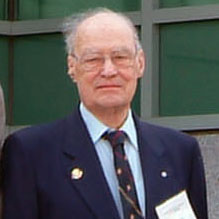
Louis J Poirier, 1918-2014
Louis J Poirier was internationally recognized for the development of one of the very first simian models of Parkinson’s disease. Anatomical and neurochemical study of this model allowed Dr. Poirier and his colleague Dr. Theodor Sourkes (McGill U) to demonstrate the existence of a direct relationship between a lesion of the dopaminergic neurons of the substantia nigra and the loss of striatal dopamine that characterized Parkinson’s disease. This highly cited work has had a major impact on the orientation of Parkinson’s disease research…
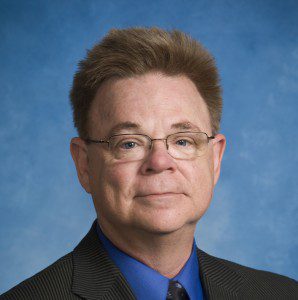
John F. MacDonald 2014
John Ferguson MacDonald was the quintessential Canadian scientist. A visionary and an insightful researcher who transformed the fieldof neuroscience, John wasa man whose humility, generosity, and deeply rooted respect for all transcended his outstanding scientific achievements….
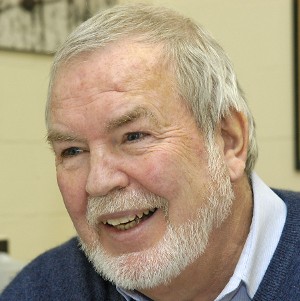
Laurent Descarries 1939-2012
Laurent Descarries was internationally renowned for his extensive work on the ultrastructural organization of monoaminergic and cholinergic innervations in the brain, and in particular for his work demonstrating the mostly asynaptic character of their axon terminals. The latter are now commonly thought to mediate their signals through a process called “diffuse transmission” or “volume transmission”…
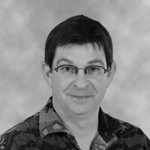
Didier Mouginot 1963-2012
Didier Mouginot was a versatile scholar who excelled in each of his duties; researcher, teacher and administrator. His accomplishments as a researcher are original and creative and reflect a sustained commitment to conduct the best possible research. He was a leader in his field due to the excellent quality of his research. This excellence was obtained by the continued expansion of his expertise and of his field of study through the acquisition of new advanced technologies to achieve a greater level of depth in his research. He was also a great collaborator who openly shared his knowledge and expertise….
William F. Dryden 1941 – 2012
William Dryden’s insight, breadth of knowledge, collegiality and sense of humour will be fondly remembered.
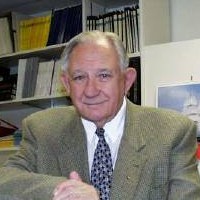
Sergey Fedoroff 1925-2012
Sergey Fedoroff is considered the father of tissue culture because of his important findings and contributions. He was president of several societies, such as the Pan American Association of Anatomy. He was also the mentor of several generations of the best
neurologists of the world. Read a profile of Sergey Federoff in the International Journal of Morphology

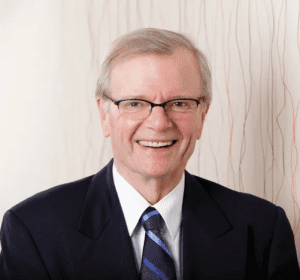 Warren T Blume 1934 – 2021
Warren T Blume 1934 – 2021 Kresimir Krnjevic 1927-2021
Kresimir Krnjevic 1927-2021